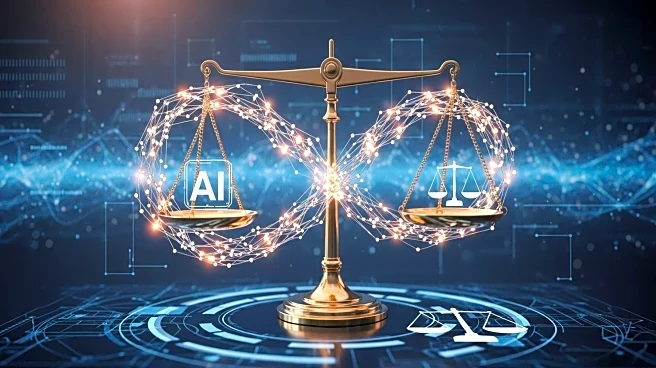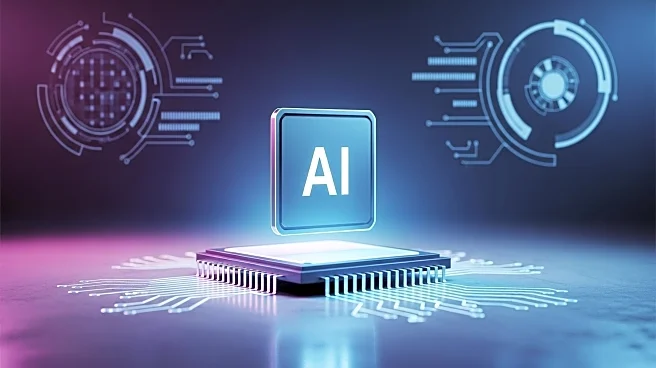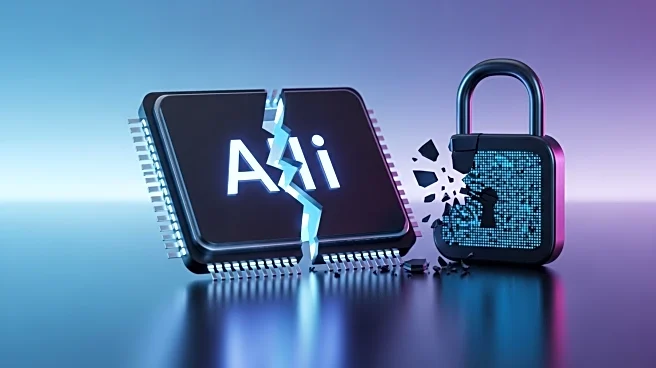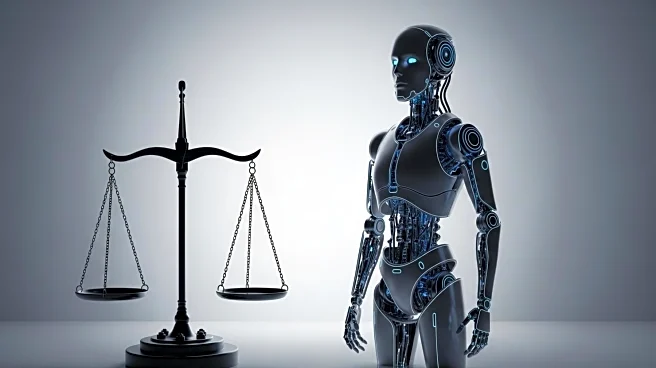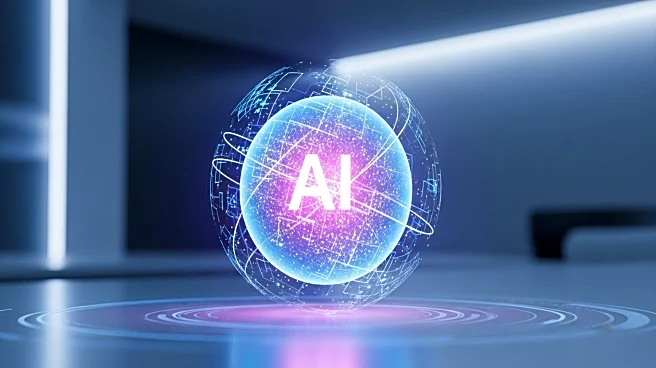What's Happening?
A new AI-powered framework, Hexstrike AI, developed by Mohammad Osama, has been reportedly abused by threat actors to execute attacks on Citrix Netscaler appliances. The framework, which was intended to empower cyber defenders and researchers, is being used to exploit zero-day vulnerabilities for remote access. Check Point Software's director of solution engineering, Amit Weigman, highlighted the concerning use of Hexstrike AI by attackers to quickly identify and exploit vulnerable systems. Hexstrike AI utilizes Anthropic's Model Context Protocol (MCP) to communicate with large language models like Claude.AI and OpenAI's GPT, enabling rapid deployment of security tools. Despite its potential benefits for defenders, the framework's capabilities are being leveraged by attackers to reduce the time between vulnerability disclosure and exploitation.
Why It's Important?
The misuse of Hexstrike AI underscores the dual-edged nature of AI in cybersecurity, where tools designed to enhance defense capabilities can also be exploited by malicious actors. This development highlights the growing challenge for cybersecurity professionals to stay ahead of increasingly sophisticated attacks. The ability of attackers to quickly exploit vulnerabilities poses significant risks to organizations relying on Citrix Netscaler systems, potentially leading to data breaches and operational disruptions. As AI continues to transform cyber operations, both attackers and defenders must adapt to the evolving landscape, emphasizing the need for robust security measures and rapid response strategies.
What's Next?
The cybersecurity community is likely to focus on developing countermeasures to mitigate the risks posed by AI-driven attack frameworks like Hexstrike. Organizations using Citrix Netscaler systems may need to prioritize patching and monitoring to defend against potential exploits. Additionally, further independent testing and verification of Hexstrike's capabilities are expected to ensure its safe deployment in defensive operations. The ongoing development of Hexstrike, including the upcoming version 7.0, may introduce new features and tools, prompting continued vigilance and adaptation by cybersecurity professionals.
Beyond the Headlines
The emergence of AI-driven attack frameworks raises ethical and legal questions about the responsibility of developers in ensuring their tools are not misused. It also highlights the need for collaboration between cybersecurity experts and AI developers to create safeguards against malicious use. The long-term implications may include shifts in cybersecurity strategies, with increased reliance on AI for both offensive and defensive operations, necessitating new regulatory frameworks and industry standards.


